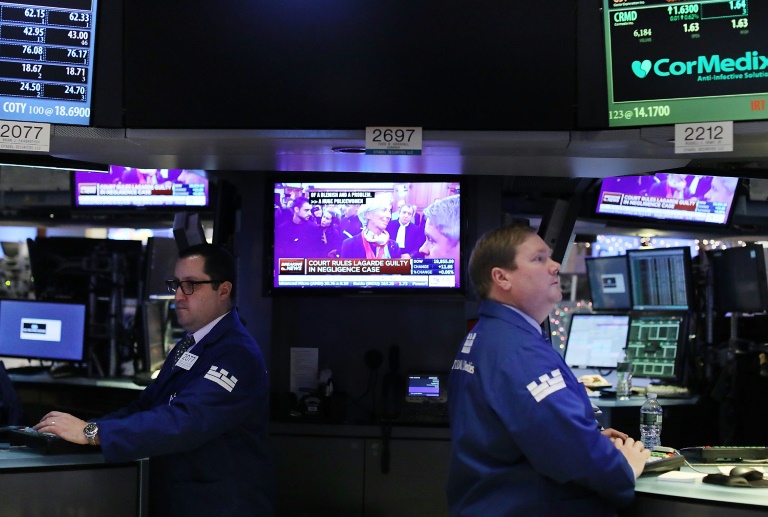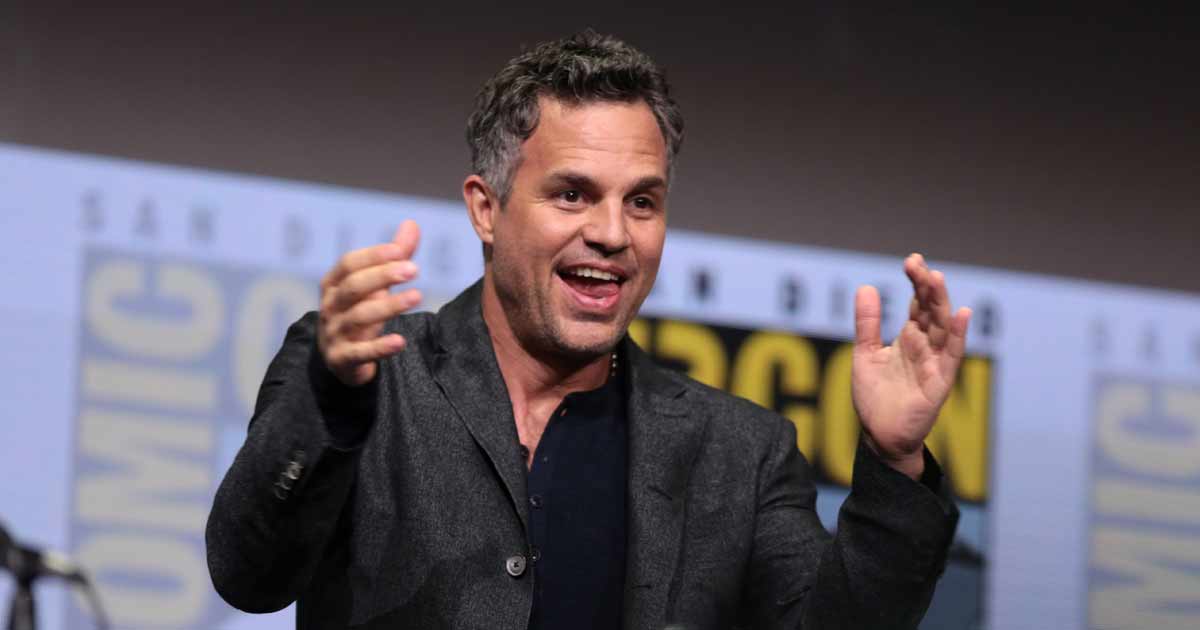People don’t throw parties like they used to, my father observed last week. I’m inclined to agree. Expecting people to work for their fun is a hard sell right now. Even going to a movie, that ultimate American frivolity, feels like a tough ask when you compare it to the recumbent delights of streaming.
Available at the touch of the button. A thousand different options for a thousand different vibes, tastes, genres and subgenres, all sorted for and presented to you—and if, by chance, you have misjudged your choice, you can switch halfway through with another touch of the button, and without wasting $15. You don’t have to put on shoes. You don’t have to leave your house. You don’t even have to leave your couch. And once you’ve finished one show or film, the algorithm launches you immediately into another.
Streaming is the perfect complement to a certain kind of mood—to minor sick days, to your first weekend after a breakup, to an unexpected night alone in the house, to the end of a day so hectic that there is nothing to be done but settle into a good and righteous wallow.
And the pandemic ushered in the era of DoorDash, of soft pants, of staying in and canceling plans, of rewatching well-worn TV classics and enjoying the low-risk rewards and pleasant familiarity of still-funny jokes.
The result is a moment of hibernation and retreat into the safe womb of our TV corners (from which I am currently writing, while 30 Rock plays in the background; I’m not looking down on anybody). Streaming has become the default leisure option for many of us, for good reason.
But lately, cracks in streaming’s promise of effortless pleasure have started to show. The proliferation of available platforms means that the chances of any given thing you want to watch being available on a given network get lower and lower. Maintaining a respectable stable of subscriptions puts a steadily larger dent in your monthly budget, especially as more and more content gets doled out through premium add-ons and bundles above and beyond the base price. And while companies try to push more subscribers toward premium experiences, premium experiences are degrading in quality: Amazon recently announced that Prime members should expect to start seeing commercials, just like us unwashed masses coasting on the free offerings.
Streaming’s creeping paywall is even encroaching on that grand American tradition, broadcast football. If you want to watch basketball, hockey, or baseball, you may have to pony up for cable or pay at a bar. But football has always been sacrosanct, permanently occupying major network territory: football was always the one thing you could just sit down, push a button and watch, the one mass cultural phenomenon uniting us all despite our increasingly siloed consumer experiences, our different app profiles. Not anymore. This month, the NFL streamed its playoff wildcard games on Peacock, a decision NBC announcers tried to spin as some sort of big bonus for viewers.
And if, despite this egregious violation of the sacred broadcast football social contract, you decide to knuckle under and sign up for Peacock, you now have a new minor bureaucratic chore. This is perhaps one of the worst aspects of the streaming ascendancy: each new platform brings a new signup, a new app to manage across devices. It’s not an especially taxing chore in any one instance, but in the aggregate, as you sign up to catch must-see one-offs again and again, it becomes maddening. I increasingly find that small amounts of effort, required irregularly, arbitrarily, and just frequently enough to keep you pressing the button, demoralize me more than larger amounts of effort expended in predictable cycles with obvious cause and effect.
Eventually, even the limitless optionality of streaming becomes a liability. You can’t decide what you’re watching beforehand, because, by some quantum magic, the advance decision inevitably means it won’t be available. (You can try to hedge against this by subscribing to literally everything, but that quantum magic still often applies.) And once you start clicking through the offerings, an endless field of debate opens up—either with the others watching, or internally. You start scrolling just a little more, just seeing what’s there. You start watching trailers. Isn’t it really too late to start a movie now anyway? Eventually, you put on 30 Rock.
Streaming, once a respite for the exhausted, has become mildly exhausting in a diffuse, inchoate, extremely-stupid-sounding-when-you-say-it-out-loud, way. None of it is a major problem, none of it is by itself sufficient cause to reorient your habits. But taken together, it’s a steady erosion of the frictionless experience that made streaming so attractive in the first place.
There is, however, perhaps an upside to all this. Maybe oversaturation will drive us back to the movies, which are designed to facilitate a kind of intense, sustained attention in a way that streaming is not, as Willem Dafoe recently argued. There’s some evidence this is happening: more people are canceling their streaming subscriptions and buying movie tickets.
To which I say: Sounds like a plan. Too much time on the couch and I start wanting an experience that is specific and bounded, something that doesn’t run together into an endless stream of content. I want to watch something wholeheartedly without distractions or haphazard interruptions (maybe this is already the way you stream movies at home; more power to you). I want to give something that intrigues me a chance without vibe-checking it half to death. I want, above all, to expend a little more effort for a more substantial reward.







